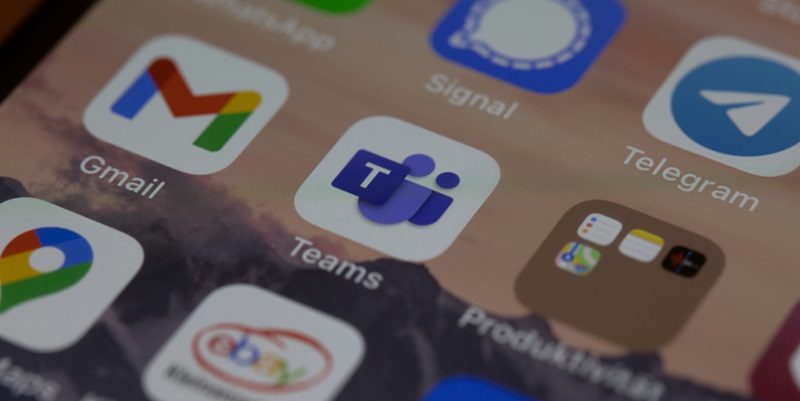In the digital age, where collaborative tools are critical, Microsoft Teams has greatly enhanced the user experience with the introduction of a game-changing feature. The cumbersome process of using multiple accounts has been streamlined, allowing users to effortlessly switch between their work, school, and personal profiles under one roof. This update responds to users’ evolving needs for simplicity and efficiency in managing different accounts on Teams without the need to log in and out or use separate devices. This new milestone in account management represents a significant leap for Teams, catering to the multitasking and diverse account-holding demands of its user base. This advancement by Microsoft is a nod to the importance of adaptable digital environments in today’s interconnected world, facilitating a more seamless transition across different collaborative spaces.
Major Update for Account Management
This breakthrough update is a direct response to the feedback and needs of the diverse Teams community, who have voiced the inconvenience of having to sign out and sign back in to switch accounts. With the updated Teams, users will be able to flip effortlessly between different accounts and tenants – eliminating previous hassles. Initially available as a preview through Windows 11 Insider Preview Build 26080, this updated version of Teams will soon allow users to stay connected with all their networks concurrently, without missing a beat.
Enhanced User Experience and Efficiency
Microsoft’s Teams app has been updated to enhance the user experience, consolidating all features into one interface. The new multi-window function lets users toggle between personal and work accounts with separate icons on the taskbar, which is a boon for multitaskers. Improved notifications now clearly show which account they pertain to, aiding in efficiency and focus. Joining meetings is also simplified, allowing the choice of an account before signing in, reflecting the needs of today’s dynamic workforce.
This revamp demonstrates Microsoft’s commitment to creating software that’s not only robust but also aligned with the practical realities of blended work and personal demands. Teams’ evolution is indicative of a larger trend toward more integrated and user-friendly software solutions. Microsoft’s endeavors to streamline the digital experience for its diverse users reinforce Teams’ position at the forefront of thoughtful software design.

